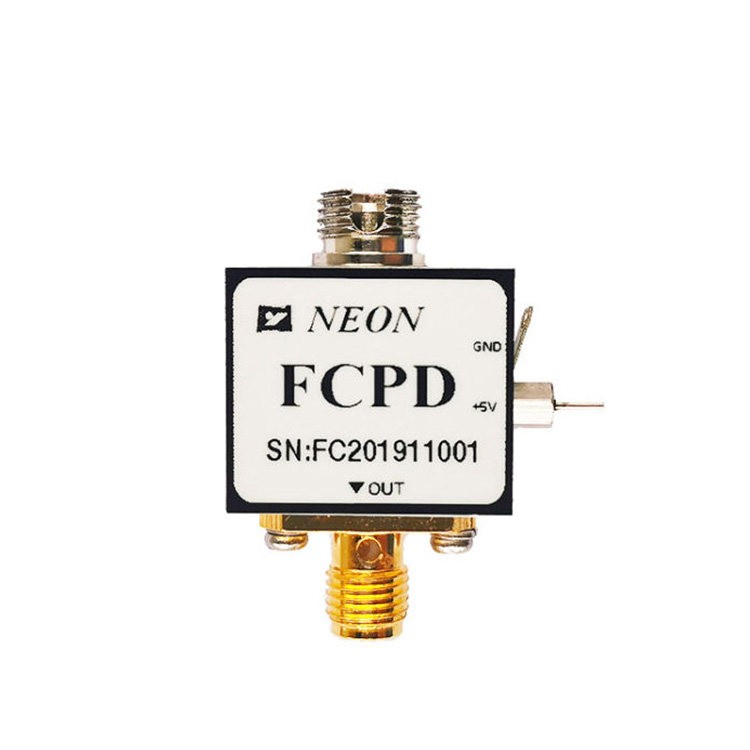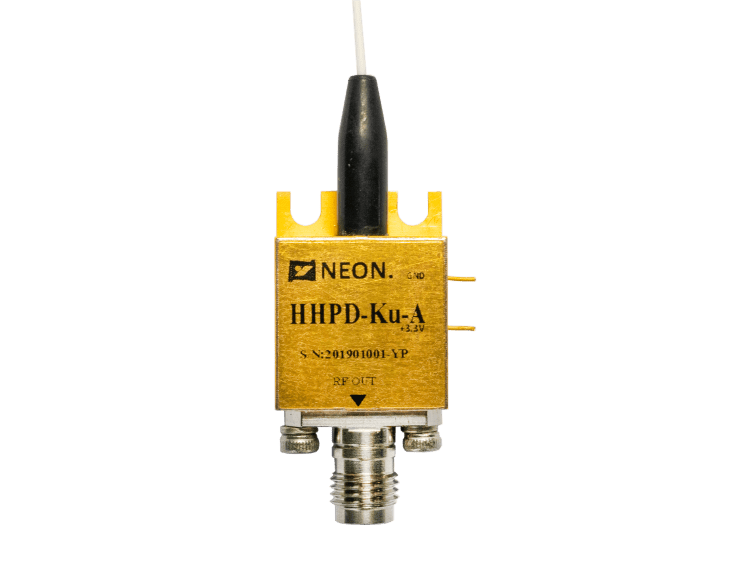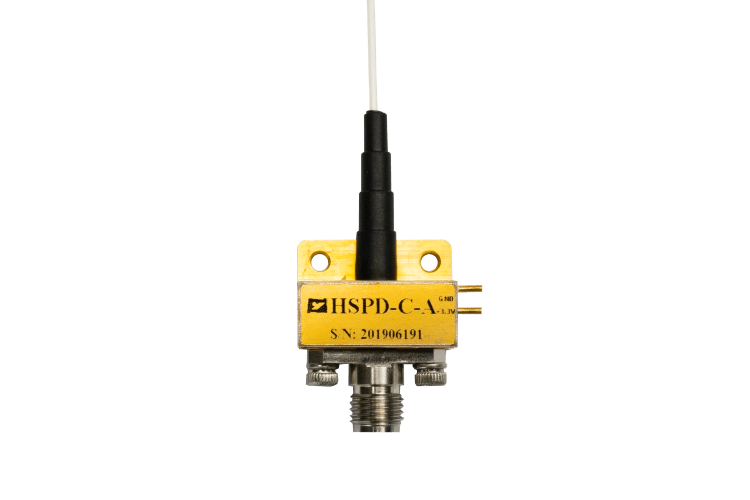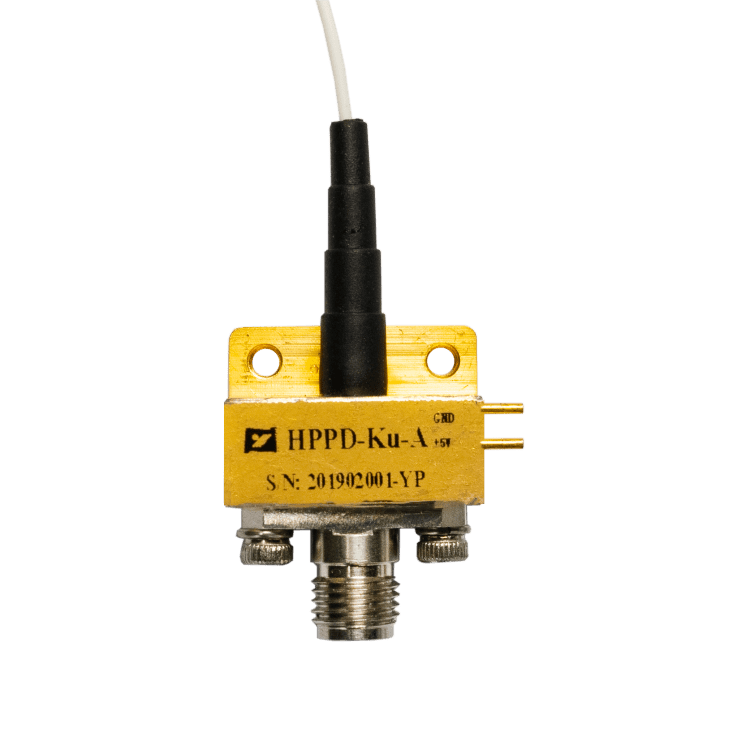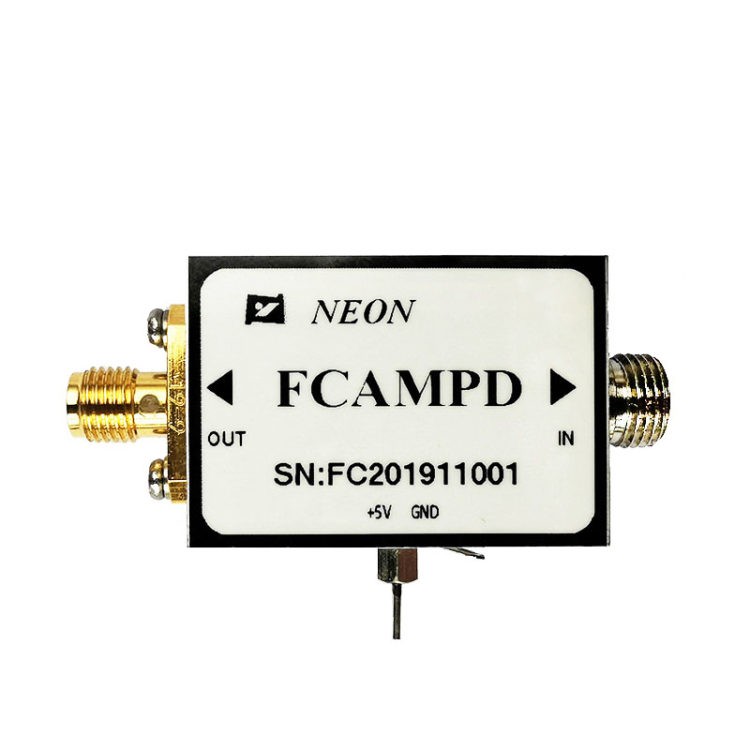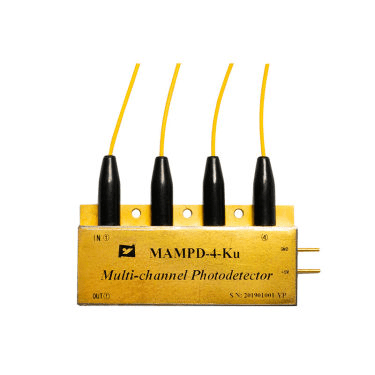The Impact of Noise Equivalent Power on High-Speed Photodetectors
High-speed photodetectors are indispensable components in modern optical communication systems, laser ranging systems, and various other applications. These devices convert optical signals into electrical signals, enabling high-speed data transmission and precise measurements. However, the performance of high-speed photodetectors is significantly influenced by noise, which can degrade the signal quality and limit the achievable data rates. Noise equivalent power is a crucial parameter that quantifies the noise level in a photodetector and, consequently, its sensitivity.
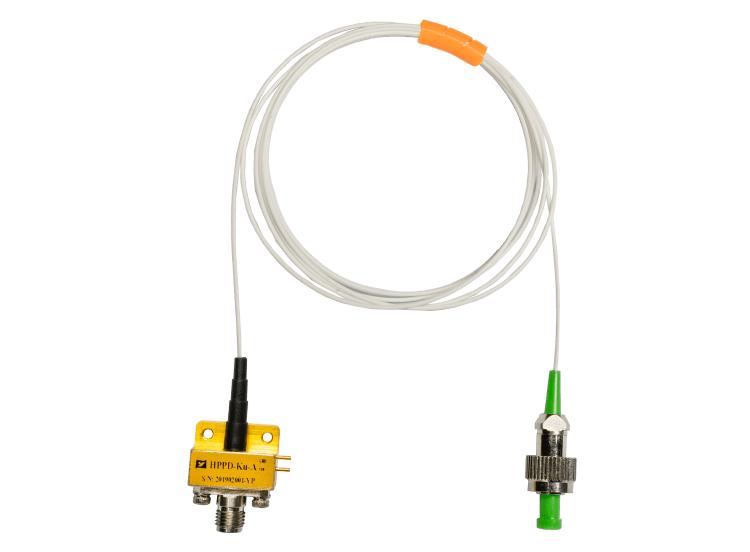
What is Noise Equivalent Power?
Noise equivalent power is defined as the optical power that produces a signal-to-noise ratio (SNR) of unity at the output of a photodetector. In simpler terms, it represents the minimum detectable optical power level. A lower noise equivalent power indicates higher sensitivity, meaning the photodetector can detect weaker optical signals.
Several noise sources contribute to the overall noise equivalent power of a photodetector:
- Thermal Noise: This type of noise arises from the random thermal motion of charge carriers in the photodetector material. Thermal noise is temperature-dependent, increasing with temperature.
- Shot Noise: Shot noise originates from the discrete nature of the photocurrent, which is generated by individual photons absorbed by the photodetector. It is proportional to the square root of the photocurrent.
- Dark Current Noise: Dark current is the current that flows through a photodetector in the absence of incident light. It arises from thermally generated carriers and surface leakage currents. Dark current noise is proportional to the square root of the dark current.
- Amplifier Noise: The electronic amplifier used to amplify the photodetector output signal introduces additional noise. Amplifier noise can be thermal noise, shot noise, or other types of noise generated within the amplifier circuitry.
The noise equivalent power of a photodetector can be calculated using the following formula:

where:
- h is Planck’s constant
- ν is the optical frequency
- B is the detector bandwidth
- Δf is the noise bandwidth
- R is the responsivity of the detector
Impact of Noise Equivalent Power on High-Speed Photodetector Performance
The noise equivalent power of a photodetector has a profound impact on the following several key performance metrics:
- Sensitivity and Detection Limits: A lower noise equivalent power enables the detection of weaker optical signals, thereby improving the sensitivity of the photodetector. This is crucial for applications that require long-distance communication or low-light imaging. However, it’s important to note that there is often a trade-off between sensitivity and bandwidth. High-speed photodetectors often have higher noise equivalent power values to achieve their high-frequency response.
- Signal-to-Noise Ratio (SNR): The SNR is a measure of the quality of a signal relative to the level of noise. A higher SNR indicates a clearer and more accurate signal. Noise equivalent power directly affects the SNR of a photodetector. A lower noise equivalent power results in a higher SNR, enabling better signal discrimination and reduced error rates in communication systems.
- Dynamic Range: The dynamic range of a photodetector is the ratio of the maximum detectable optical power to the minimum detectable optical power. A lower noise equivalent power expands the dynamic range, allowing the detection of a wider range of signal intensities. This is essential for applications that require simultaneous detection of both weak and strong optical signals.
- Bandwidth: While not directly related to noise equivalent power, it’s worth noting that high-speed photodetectors often have higher noise equivalent power values to achieve their high-frequency response. This is because faster devices typically have larger capacitances, which can increase noise levels.
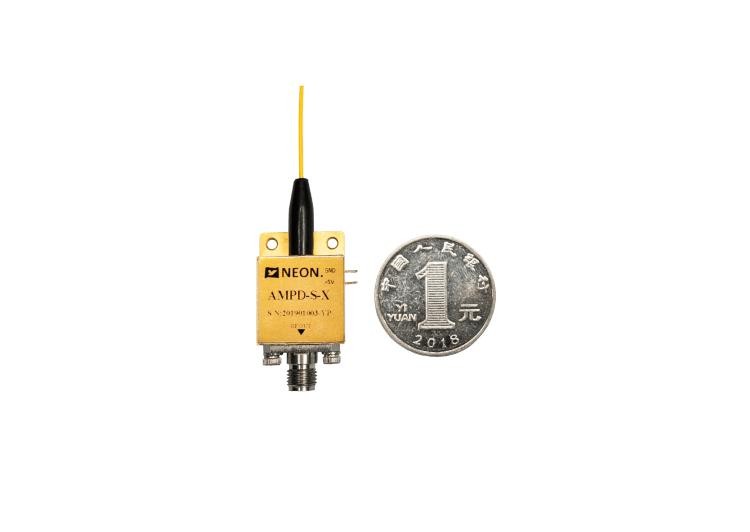
Strategies for Minimizing Noise Equivalent Power and Improving Photodetector Performance
Several techniques can be employed to minimize the noise equivalent power and improve the performance of high-speed photodetectors:
1. Cooling Techniques
- Cryogenic Cooling: By cooling the photodetector to cryogenic temperatures, thermal noise can be significantly reduced. This technique is particularly effective for infrared detectors, where thermal noise dominates at room temperature.
- Thermoelectric Cooling: Thermoelectric coolers can be used to reduce the temperature of the detector without the need for cryogenic systems. While less effective than cryogenic cooling, thermoelectric cooling is more practical for many applications.
2. Low-Noise Electronics
- Low-Noise Amplifiers: The use of low-noise amplifiers can minimize the electronic noise contribution to the overall noise equivalent power. Careful impedance matching between the photodetector and the amplifier is essential to optimize the noise performance.
- Noise Filtering: By employing appropriate filtering techniques, such as bandpass filters, the noise bandwidth can be reduced, leading to a lower noise equivalent power.
3. Advanced Photodetector Materials and Structures
- High-Performance Materials: The choice of materials for the photodetector can significantly impact its performance. Materials with low dark current and high quantum efficiency are preferred to minimize noise and maximize sensitivity.
- Optimized Device Design: Careful design of the photodetector structure, including the active area, thickness, and doping profile, can help reduce noise and improve responsivity.
4. Signal Processing Techniques
- Noise Reduction Algorithms: Advanced signal processing techniques, such as noise filtering, averaging, and correlation, can be used to reduce the impact of noise on the detected signal.
- Digital Signal Processing: Digital signal processing techniques, including digital filtering and noise reduction algorithms, can be applied to further improve the signal quality.
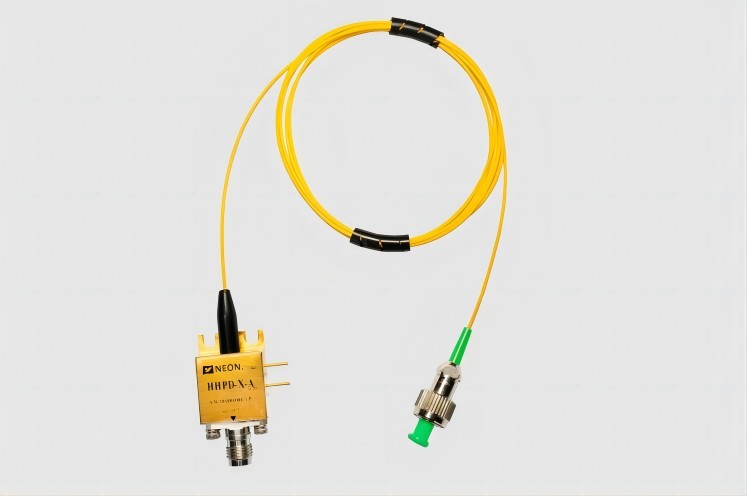
As mentioned above, noise equivalent power is a critical parameter that significantly impacts the performance of high-speed photodetectors. By understanding the factors that contribute to noise equivalent power and employing strategies to minimize them, we can improve the sensitivity, dynamic range, and overall performance of these devices. As technology continues to advance, we can expect to see further improvements in photodetector performance, enabling new and exciting applications in fields such as optical communication, LiDAR, and quantum computing.


